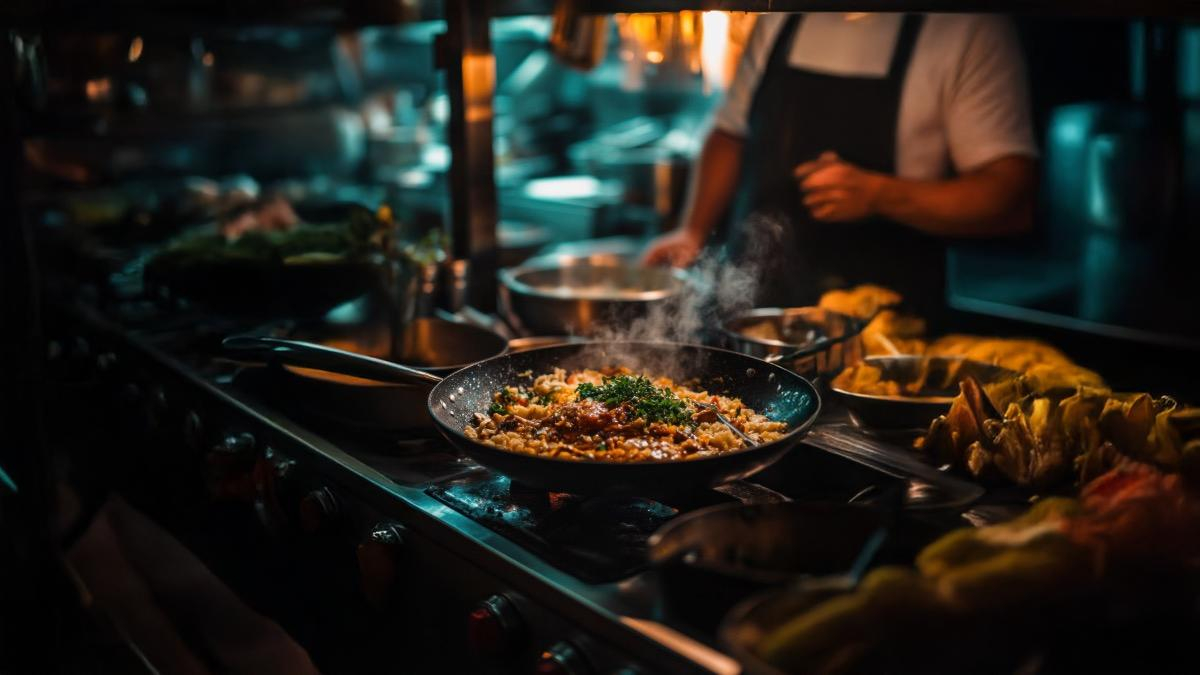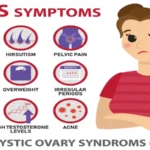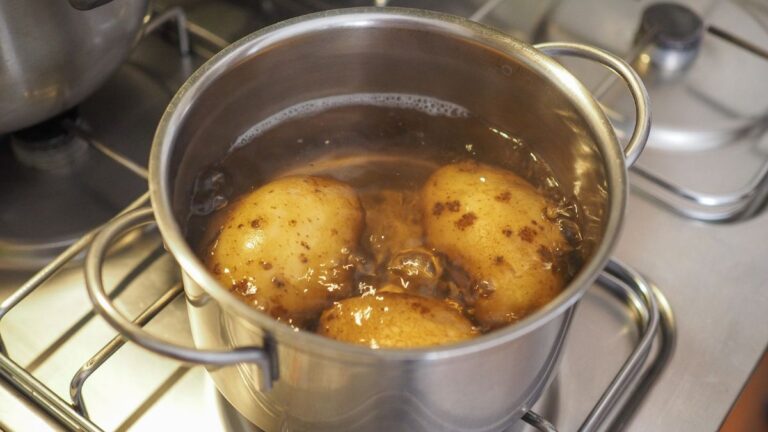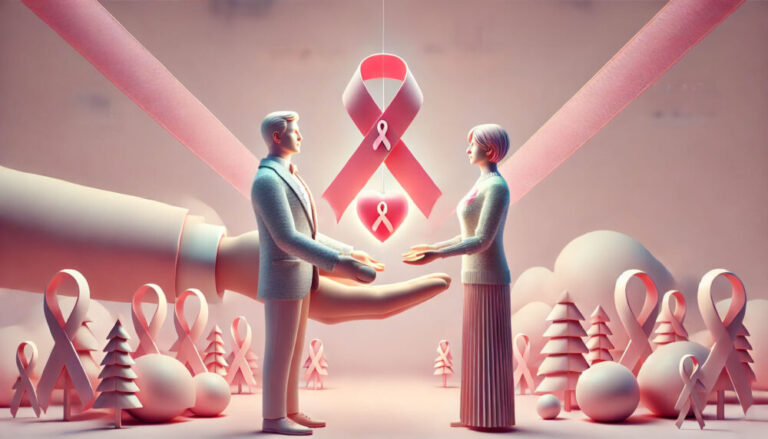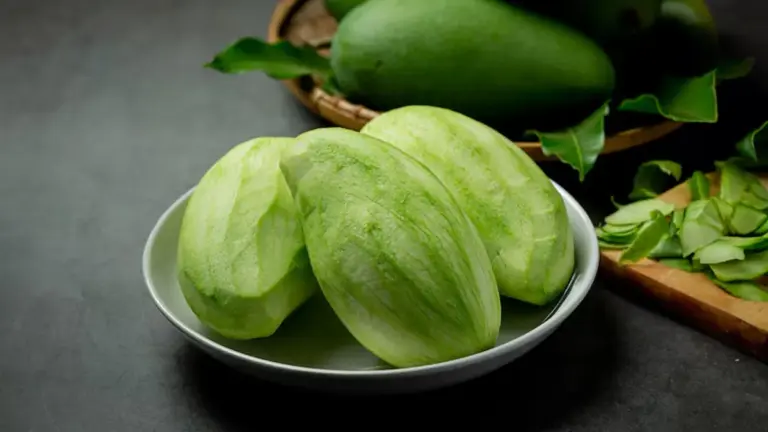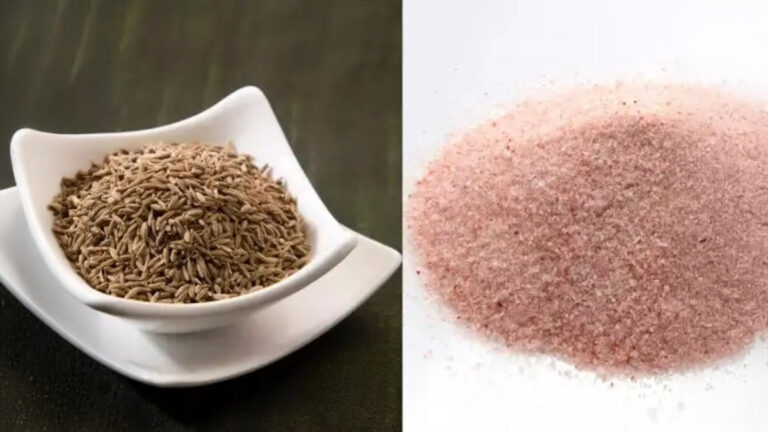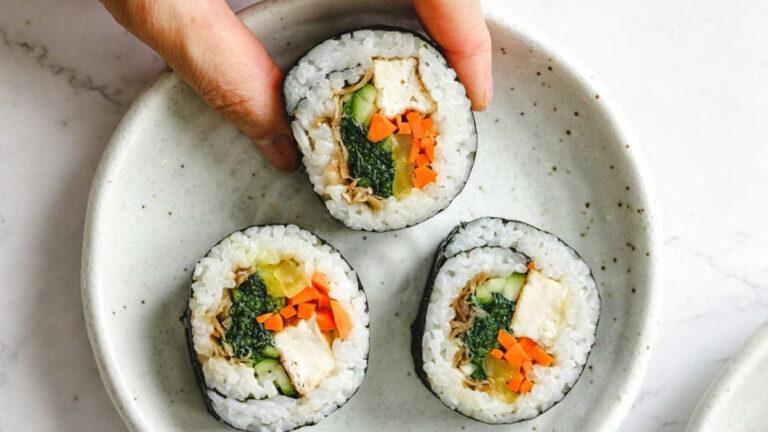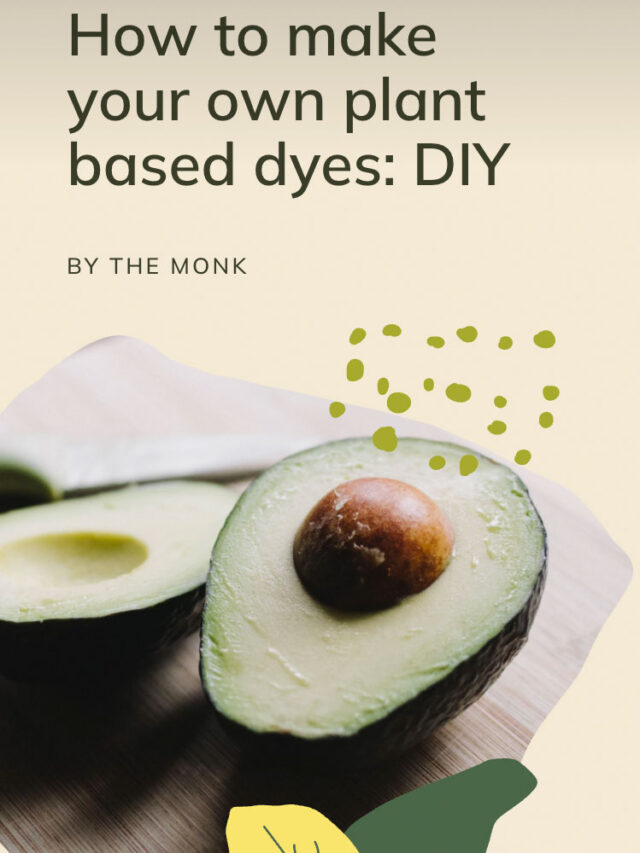Table of Contents
Cancer Risk from NonStick Pans: Nonstick pans are used in most households today because they offer ease of cooking and allow the use of less oil. However, there is always a concern about its health effects, especially in terms of cancer risk. Can nonstick pans cause cancer? To understand the answer to this question, we need to take a closer look at the materials used in nonstick pans and their effects.
History of the, Cancer Risk from NonStick Pans
Cancer Risk from Nonstick pans are commonly made from “polytetrafluoroethylene” (PTFE), also known as Teflon. This material makes the surface of the pan smooth, which prevents food from sticking and makes it easier to cook. Teflon was invented in 1938, and since then, nonstick cookware has grown in popularity.
Cancer risk from NonStick Pans and Teflon
Concerns grew when scientists discovered that when nonstick pans are heated too much, Teflon can release some toxic chemicals. These chemicals mainly include “perfluorooctanoic acid” (PFOA), which is known as a caustic chemical. According to some research, PFOA can be a cancer-causing agent when it accumulates in the body for a long time.
However, the use of PFOA has been gradually stopped, and now it is not used in most non-stick pans. In 2015, Teflon manufacturers stopped the production of PFOA, and new types of chemicals have been developed in its place, which are less harmful. Still, research shows that using non-stick pans at extremely high temperatures can release some harmful chemicals from the pan.
Chemical gases produced by Teflon
When non-stick pans are heated excessively, some chemical gases can be emitted from Teflon. These gases include a chemical called “polymer fume”, which can be harmful to humans. According to research, exposure to these gases can cause symptoms such as headaches, fever, and shortness of breath, which is called “polymer fume fever”. Although this condition is not serious, long-term exposure to it can have negative health effects.
Ways to use non-stick pans safely
If you use a non-stick pan, it is very important to follow some safety measures.
- Cook on medium flame: Avoid overheating non-stick pans. Cooking at high temperatures can release chemicals from Teflon. Always cook food on medium flame.
- Pay attention to the condition of the pan: If the pan has scratches or damage, stop using it. Damaged surfaces increase the risk of chemical release.
- Clean carefully: Do not use hard or scraping tools while cleaning non-stick pans, as this can damage the surface of the pan. Use a soft sponge.
- Choose PFOA-free pans: There are PFOA-free non-stick pans available in the market these days. Choose this type of pan so that you can avoid potential health hazards. PFOA is a harmful chemical that can leach out of pans at high temperatures and can have a negative impact on health. Choosing a PFOA-free pan is a safer option.
Do nonstick pans cause cancer?
The scientific community believes that if nonstick pans are used properly, the risk of cancer is very low. Chemicals like Teflon and PFOA can cause health hazards when the pan is heated excessively or scratched. Currently, there are nonstick pans available in the market that are safer because PFOA is not used in them.
Cancer Risk from Nonstick Pans: If non-stick pans are used properly, they are not harmful to health. However, using the pan at high temperatures can release some harmful chemicals, but this risk occurs only when the pan is not taken care of. If you use non-stick cookware properly and carefully, the risk of cancer or other serious health problems is very low.

